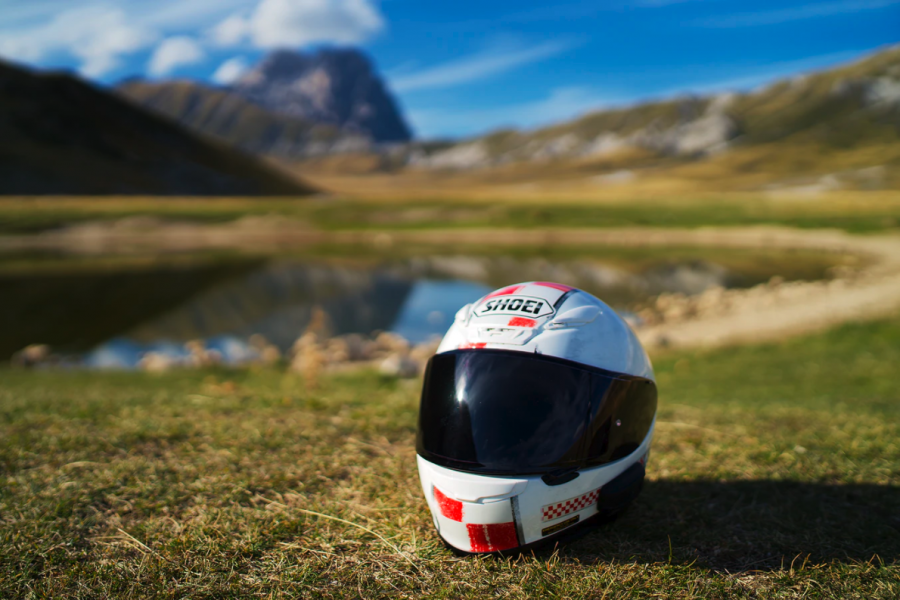There are certain situations when you need safety clothing and equipment to remain safe. The nature of the dangers determines the extent of the necessary protection. Here are 5 examples of safety equipment that civilians and workers use during crises.
Masks / Face Shields
Masks protect your nose, eyes and lungs from irritation caused by airborne viruses and chemicals. This protection is needed after a gas leak or explosion that may release radiation. It’s needed in any situation where dangerous particles are floating freely in the air. There are masks that protect your nose and mouth only, and in more serious situations, full-face shields that block all particles from touching your face.
Goggles
Goggles focus solely on protecting your eyes from harm. Sunglasses are effective but break easily under harsh work conditions. There are different standard and customizable goggle designs to match each user’s level of comfort and safety.
Helmets
Any type of construction-related accident requires the use of a helmet. This may involve a tree falling on top of a house, a mudslide or a building collapse. An ATE helmet is bulletproof to protect the head against falling debris and minimize serious head injuries.
Earplugs
Wear earplugs or muffs to protect your hearing from unusually loud noises. During an emergency, such as a tornado or burglary, a loud, piercing alarm can go off and be heard from miles away. Anyone needs protection from an alarm that goes on for half an hour or longer.
Gloves
During a health crisis like a pandemic, wearing disposable gloves is recommended. In other crises, workers need thick, sturdy gloves if they’re working with their hands to clear away debris during an accident or assist people during rescue operations. Without gloves, the skin on their hands tears into cuts or blisters and may become infected.
During a chemical explosion, some workers wear barrier creams to protect their skin from being contaminated by harmful particles. These creams prevent the skin from developing dermatitis and other minor problems that could become long-term health conditions.
A large variety of equipment is available to help people face all kinds of dangers. During natural and manmade disasters, workers need personal protective equipment to remain safe as they help people and rebuild infrastructures. Civilians need the same equipment to protect themselves and their families. So, staying protected must involve wearing the right garments and using the right tools.

